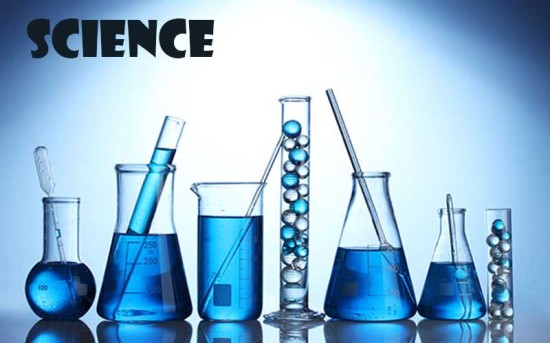Science Tutoring: Heterogeneous and Homogeneous Mixtures

What is a Mixture?
A mixture consists of two or more substances mixed together that can be physically separated. A perfect example of this is a salt water solution. For example, boiling a salt water solution vaporizes the water and all that would remain is a salt precipitate. The vaporization of water is a physical change and the chemical properties of salt and water remain the same. Another example of a mixture is air. Air consists of nitorgen, oxygen, carbon dioxide, dust, pollen, and other trace amounts of various gasses.
What is a heterogeneous mixture?
A heterogeneous mixture is a mechanical mixture of two or more substances that can be physically separated (ex. gravel consists of sand, and various sizes of rocks). Substances in a heterogeneous mixture are not uniformly distributed. A variance exists in the concentration of thesubstance thought out the mixture. Blood is a perfect example of a heterogeneous mixture. Blood contains solid parts and liquid parts. The liquid component of blood is referred to as blood plasma and is primarily water. The solid components of blood are the red and white blood cells. Blood can be physically separated into its solid and liquid components in the laboratory using special equipment called a centrifuge.
What is a homogeneous mixture?
A homogeneous mixture is a mechanical mixture of two or more substances that can be physically separated (ex. evaporating a solution of salt water). Substances in a homogeneous mixture are uniformly distributed. The concentration of each substance is the same throughout the mixture. A practical example of this is the sweetness of Kool Aid. The sugar mixted into Kool Aid results in the same sweetness in the first glass as in the tenth glass pored.
Compare and Contrast
Homogeneous Mixtures:
|
Hetergeneous Mixtures:
|

